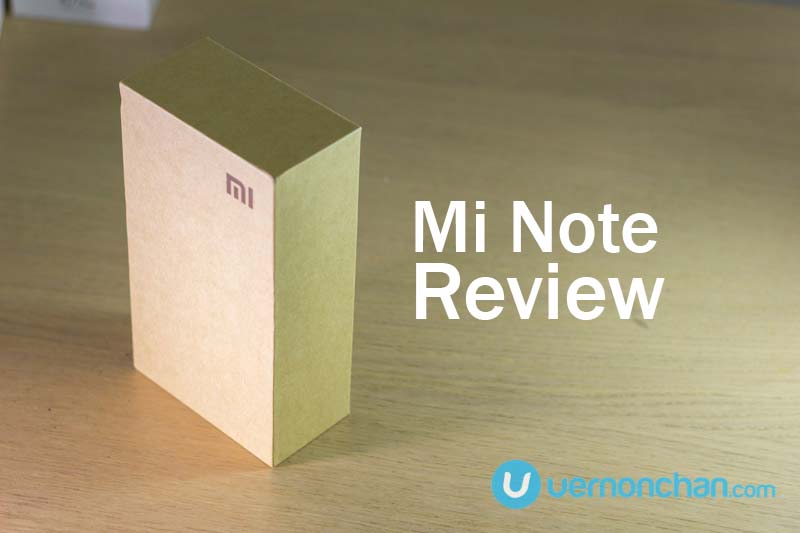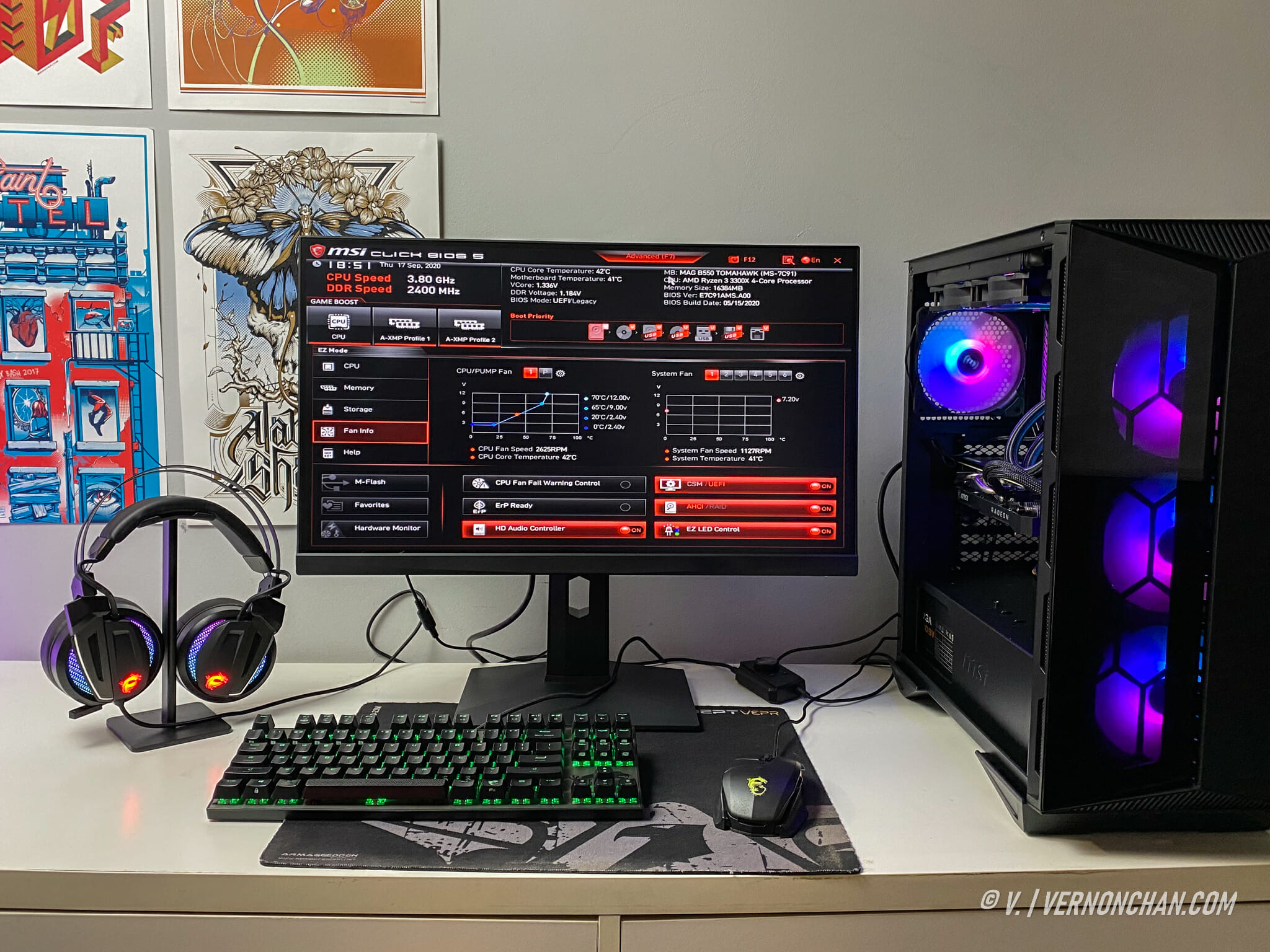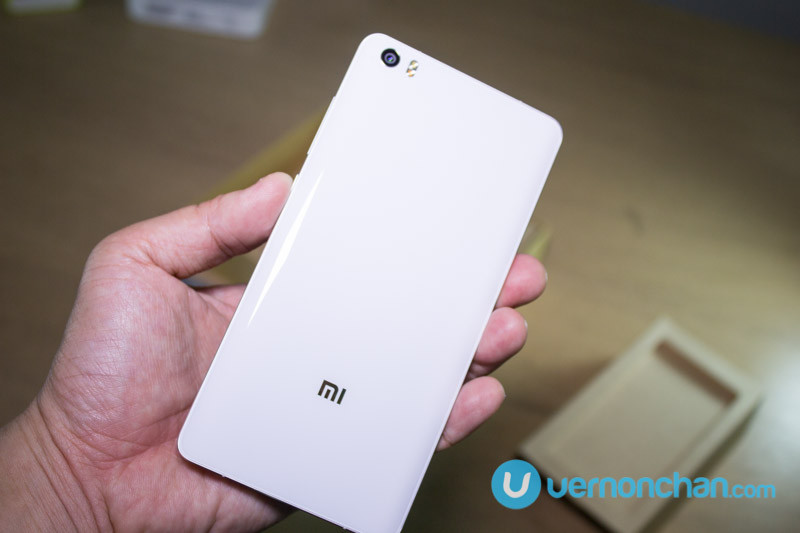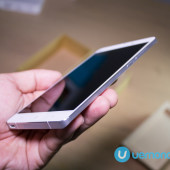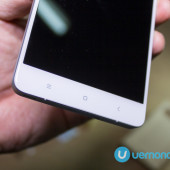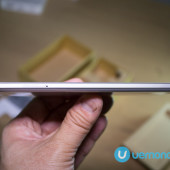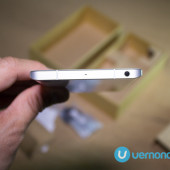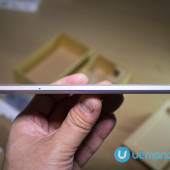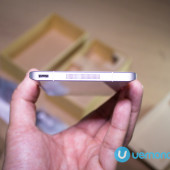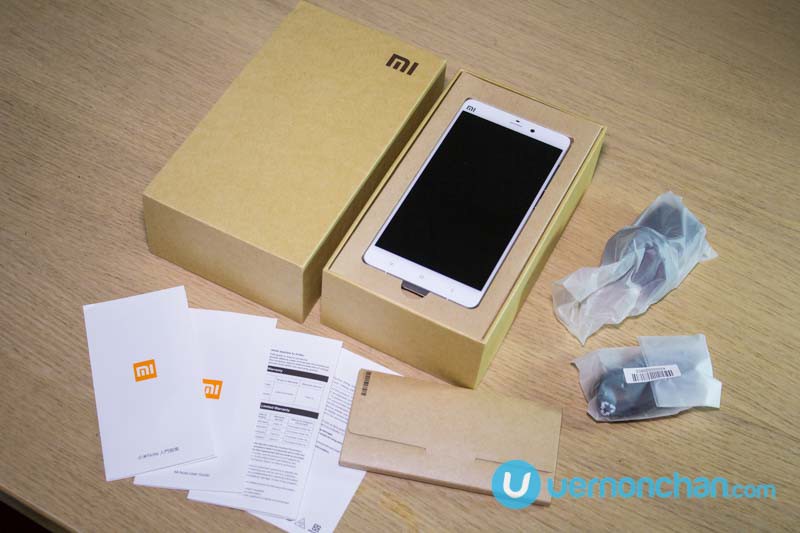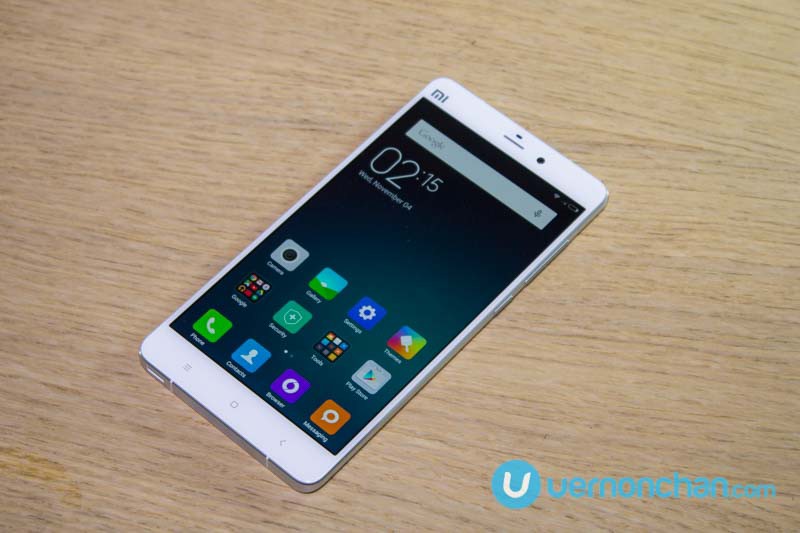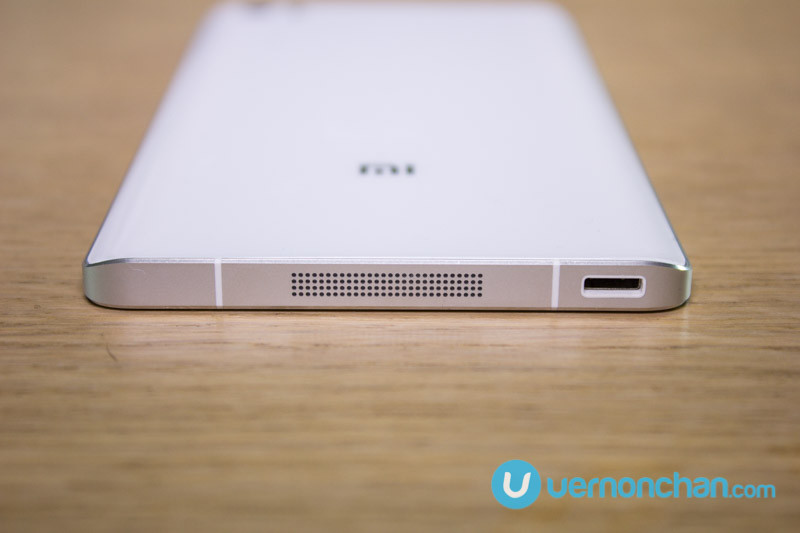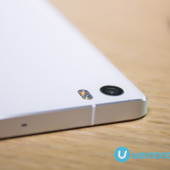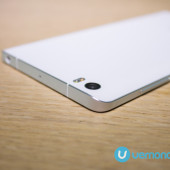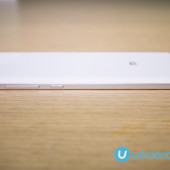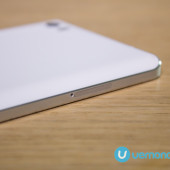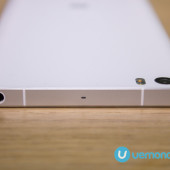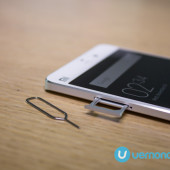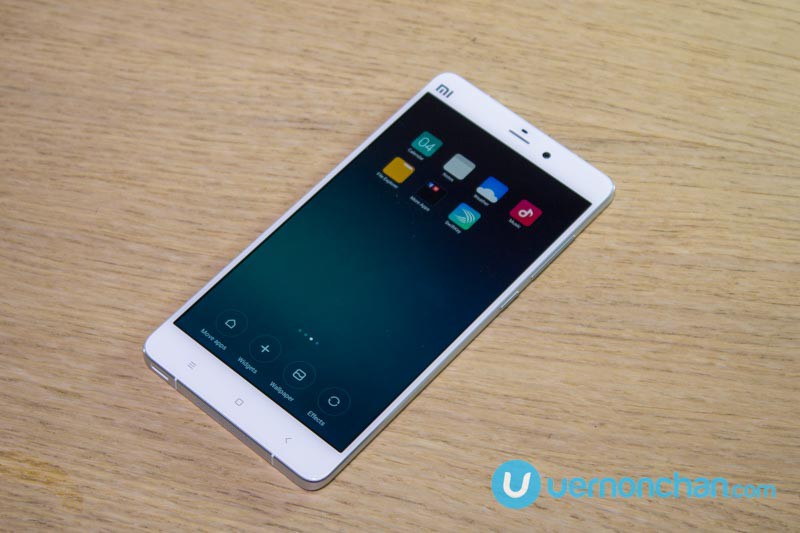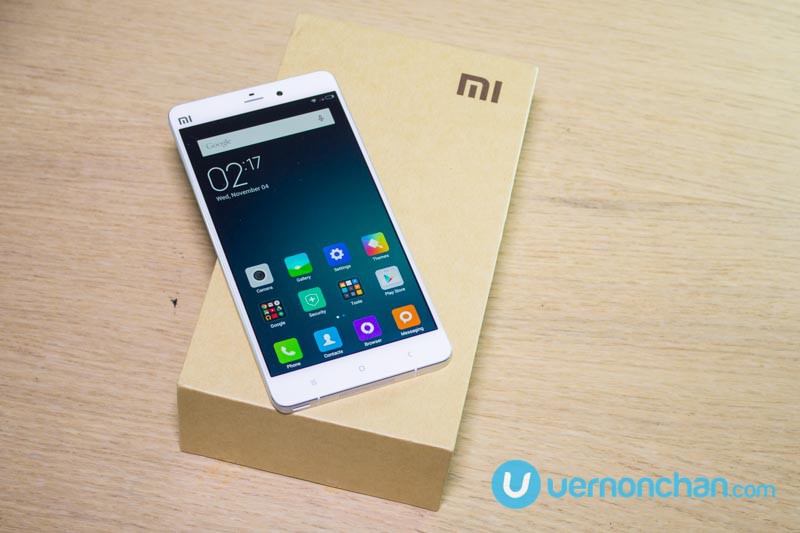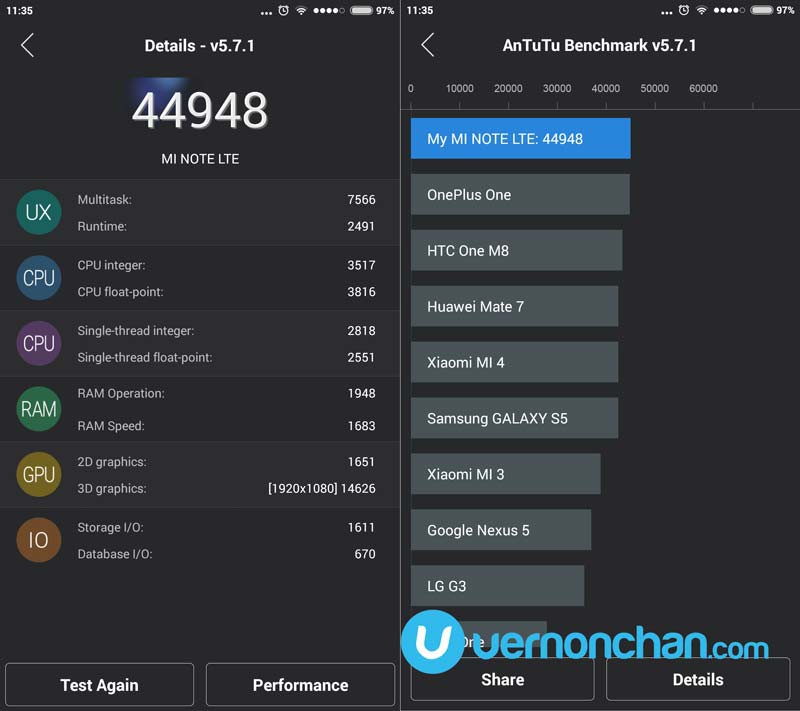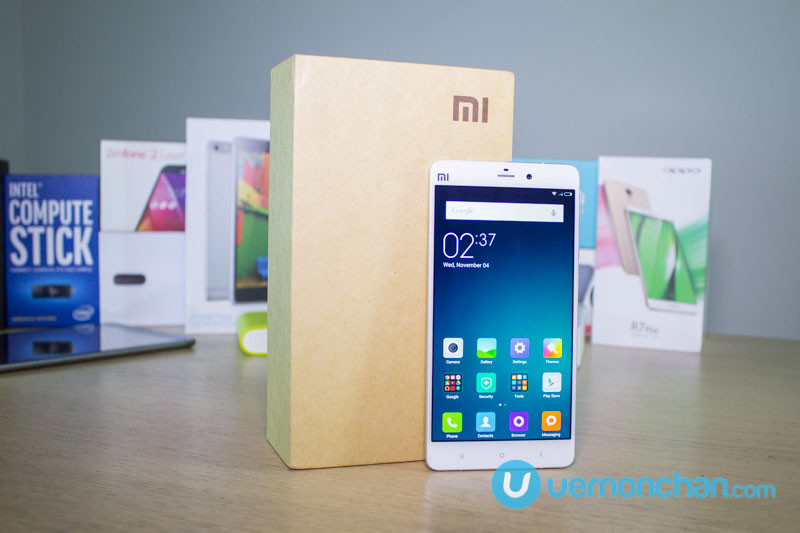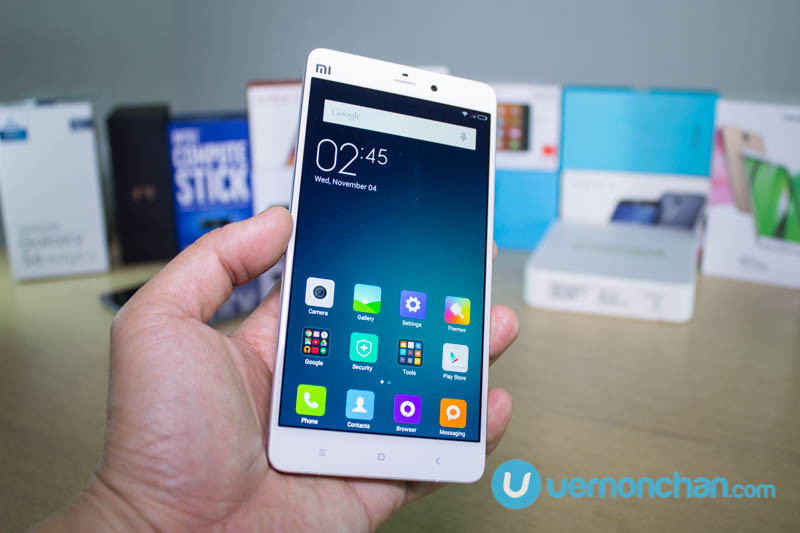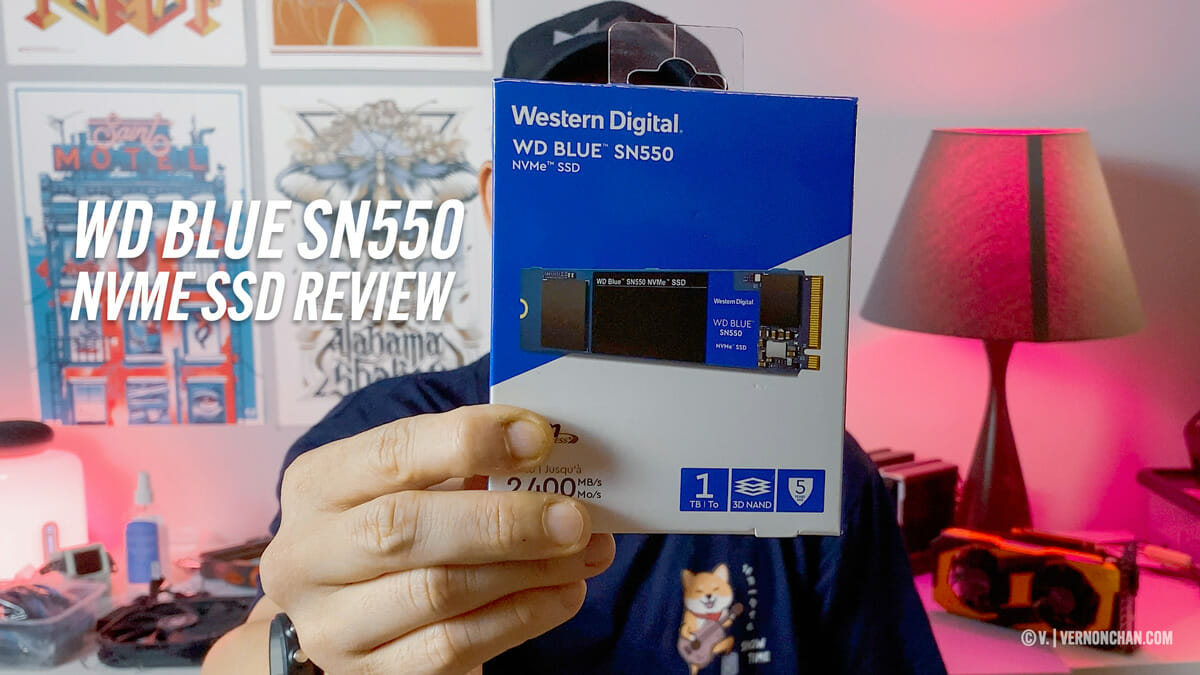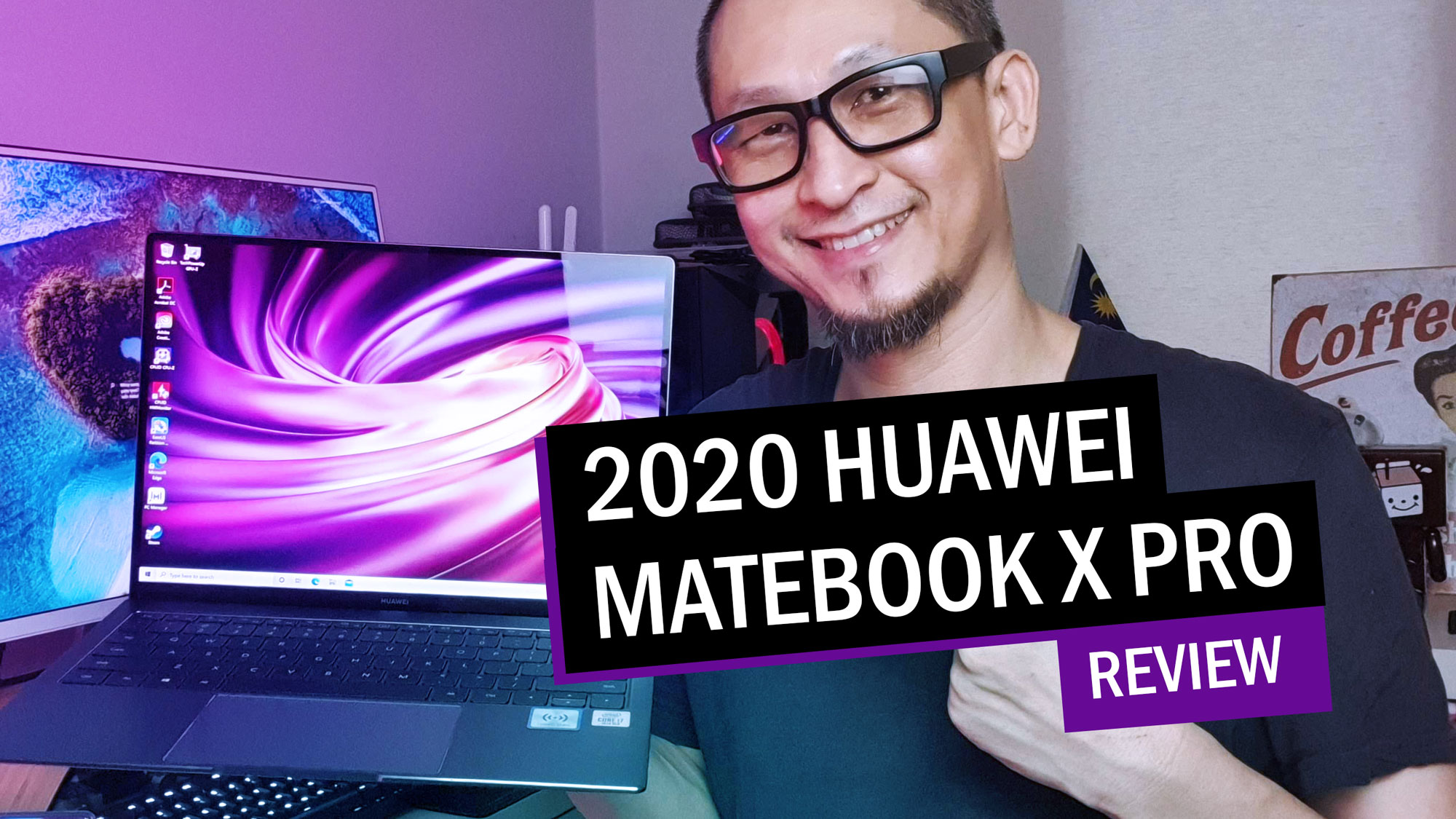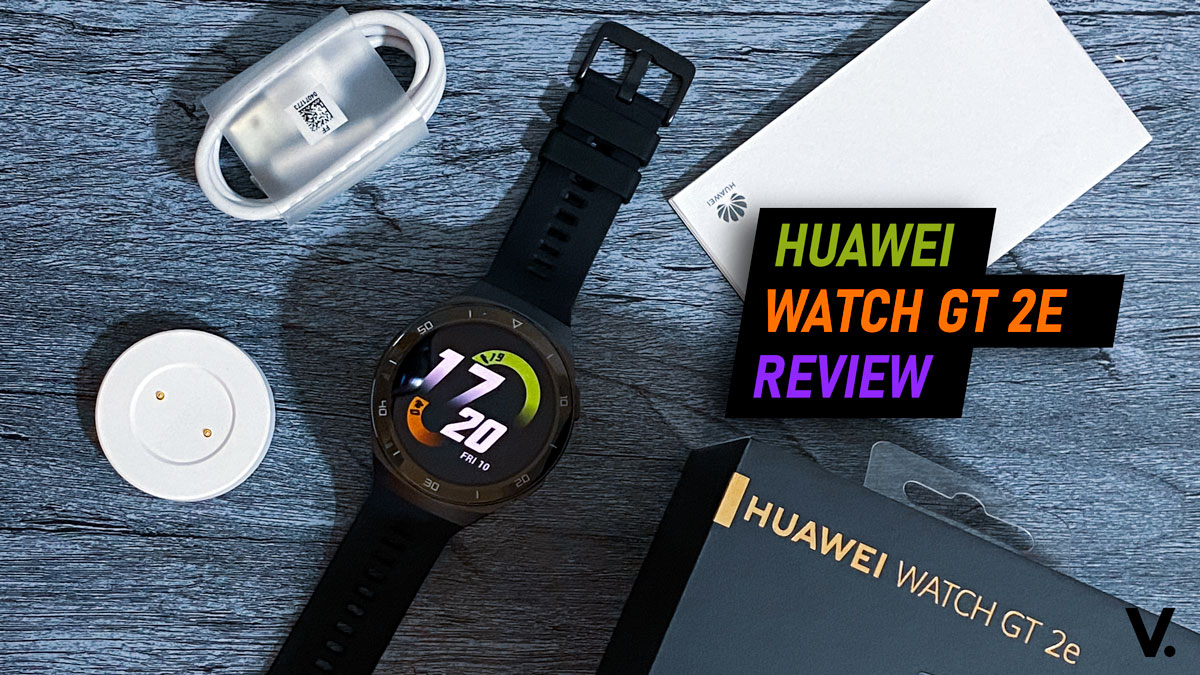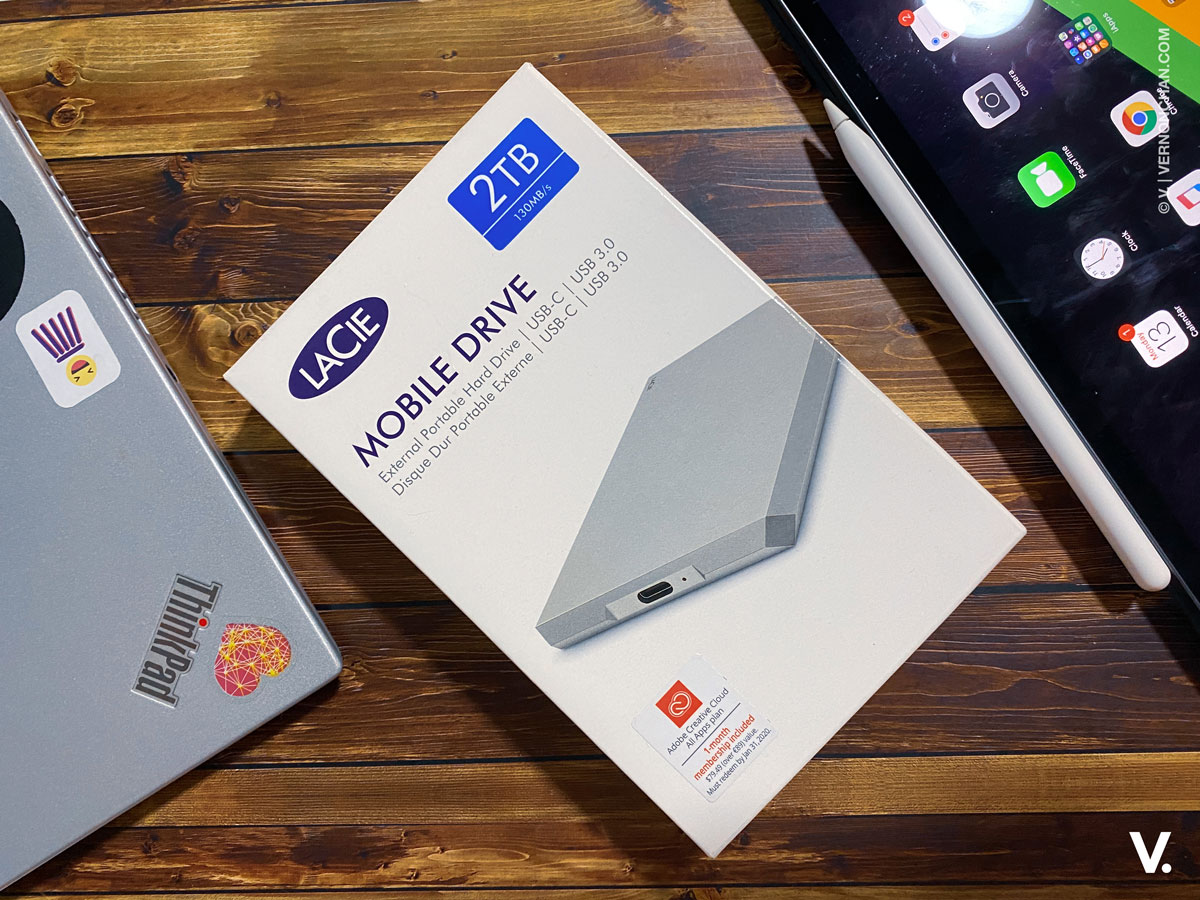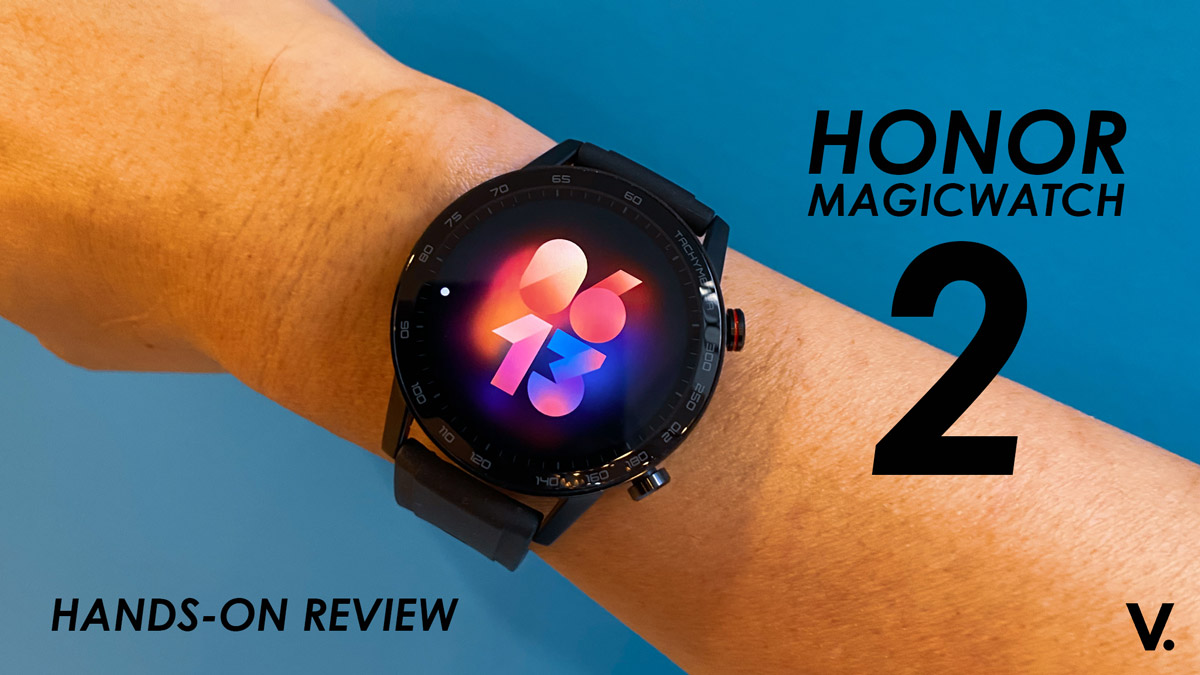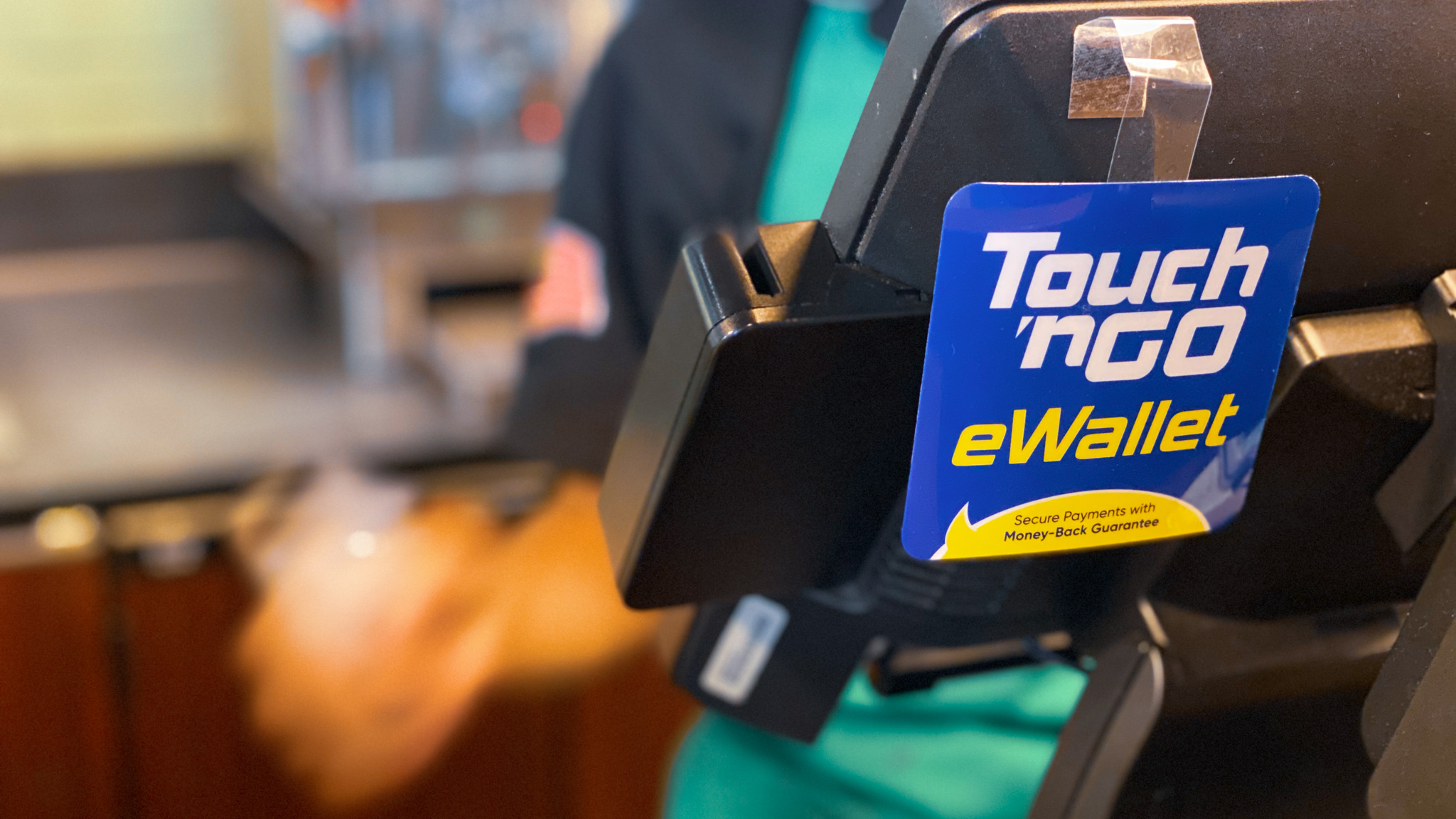Announced alongside its much more powerful brethren, the Mi Note Pro, the Mi Note actually made its debut here in Malaysia in January this year. However, instead of being released say in February or March, it only arrived six months later. I can only guess why it took so long, but nonetheless I’m still glad it’s still made its way here. Definitely one of the company’s best smartphone offerings to date. While this review may seem a little late and if you’re worried that the Mi Note is now “outdated” compared to the other alternatives available, it actually isn’t. Read on to find out why.
Design & Build
Much like a certain Korean branded smartphone that went from plastic to metal and glass, the Mi Note made me scream out “Yes!” as it no longer uses polycarbonate for its body. I’m not saying that there was anything wrong with phones made out of polycarbonate, but to me a flagship just needs to feel like how the Mi Note does, which is solid and at the same time exudes style and class.
Despite its 5.7-inch display the Mi Note still didn’t feel too uncomfortable in my very small hands. It could be due to its super thin 6.95mm body. It seems like with the Mi Note, Xiaomi decided to go for a minimalistic look and lo and behold, has made the phone very elegant. The aluminium sides also add to that elegance and of course makes it easier to hold.
Speaking of holding the phone, the one complaint we do have with the Mi Note is with its 3D back glass panel. While it makes the phone look good, it does make it extremely slippery in the hands or even on slanted surfaces. I’ve even had the phone slip and fall from tables that looked flat. So with that in mind, it is best you purchase a protective case for it, or try to get your hands on the one with the bamboo back (or find a replacement kit for it).
The buttons and ports are pretty much the standard fare on most smartphones these days. You get the capacitive Recent/Menu, Home and Back keys right below the display; you have the very easy-to-reach and tactile Volume rocker and Power/Lock button on the right side. The micro-USB port is placed at the bottom next to the speaker grill and the 3.5mm jack is on the top. Also, not forgetting the 4MP front camera next to the receiver and the 13MP camera on the back with a two-tone LED flash next to it.
[nextpage title=”Hardware, Software, In the Box”]
What’s in the box
- Mi Note unit
- micro-USB cable
- Wall charger
- Documentation
Hardware
As I mentioned at the introduction of the review, the Mi Note does come with some “outdated” hardware but then again, I found what it packed adequate and sufficient for my day to day use. I’m not a heavy user by any means, and it got the job done.
The 5.7-inch display has a Full HD resolution with 386PPI and uses what is called NEGA negative LCD technology. I have to say it is easily one of the most brilliant Full HD displays out there. It may not be Quad HD but who really needs a resolution that high? The display produced sharp and detailed images with very rich colours. Even when I zoomed in to texts when reading, there was practically no bleeding on fonts.
Like most of Xiaomi’s recent offerings, the Mi Note also comes with Sunlight Display that automatically and almost instantly comes into play when you’re under bright sunlight. This technology is great especially for those who spend a lot of time outdoors as the display will adapt to sunlight and raises the contrast of the screen. No need for you to constantly fiddle with the brightness setting.
So whether it’s gaming, watching videos, taking or viewing photos or reading, the Mi Note’s display definitely excels. Speaking of excelling, another strong suit of this phablet is its Hi-Fi capabilities. Xiaomi have fitted this device with an ESS9018K2M audio decoder chip and a two-stage Texas Instruments amplifier. The device is even able to playback audio at 192kHz/ 24bit.
From what I’ve experienced with a pair of headphones and on the speakers, the audio quality is great. Vocals were crisp and clear, the bass was deep and details were on-point. So if you love watching videos, gaming or listening to music, the Mi Note’s audio playback will definitely blow you away.
In terms of what’s under the hood, this phablet packs a quad-core Qualcomm Snapdragon 801 CPU running at 2.5GHz, an Adreno 330 GPU coupled with a 3GB LPDDR3 RAM. This may not seem like much in today’s standards and it is powered by a CPU that’s a year old, but it actually ran everything I needed to smoothly. It even handled multi-tasking with no problems whatsoever. In all honesty, what it packs is definitely more than enough for most users as it has good performance, no overheating issues and great power efficiency.
Speaking of power efficiency, the Mi Note comes with a substantial 3,000mAh Li-ion battery and also Quick Charge 2.0 technology, which is a saving grace for heavy users.
As for storage, the Mi Note comes with an internal storage of 64GB, which is great as you can storage quite a bit files and install a number of apps to the device but it is sad that Xiaomi have decided not to include a microSD card slot. I really hope that their future devices will come with the now popular dual-SIM tray (which the Mi Note has) that also doubles as a microSD card slot.
Finally, the Mi Note supports networks up to 4G LTE, has Bluetooth 4.1, dual band Wi-Fi 802.11 a/b/g/n/ac 2.4/5GHz, WiFi Display, WiFi Direct, GPS, GLONASS and positioning by BDS. No NFC here, but that’s not really a big deal.
Software
Up to today, even though it has received updates to MIUI 7, the Mi Note is still running on Android 4.4 KitKat. So here’s hoping that it will get an update to Android 5.0 soon.
But if you’ve used a Xiaomi (or iOS or Chinese Android) device before, you’ll know what to expect with the latest MIUI. It basically takes the best of iOS and Android, merges them together and throws in some extra features such as themes and handy app shortcut organising methods.
There’s also a one-handed mode that turns the home screen into 3.5-, 4 or 4.5-inches, which makes the device much to operate with just one hand. To activate this, all you have to do is swipe left or right from the capacitive home button.
Much like other phone makers, Xiaomi has filled the Mi Note with quite a bit of bloatware. Some of them handy and some of them not so much. Sadly, you can’t uninstall any of them but what I like to do is just place the apps I don’t use in a folder and just forget about them.
If you’re coming from a “close to” vanilla version of Android, then MIUI will take a bit of getting used to but the learning curve isn’t that steep. You should get the hang of it in less than a day or two.
The initial version of MIUI that came on the phone had a few bugs such as sluggishness but after the update, so far so good, it runs very nicely.
[nextpage title=”Performance, Pros, Cons, Verdict”]
Performance
When it comes to synthetic benchmark performance, the Mi Note and its Snapdragon 801 CPU and bundled 3GB of RAM performed as expected, producing high-scores. In GeekBench 3, it scored 928 and 2673 for the Single-core and Multi-core tests respectively. This puts it between the Samsung GALAXY S5 and surprisingly the Amazon Kindle Fire HDX 7. In AnTuTu however, it produced a whopping 44,948, putting it ahead of the OnePlus One, HTC One M8 and even Samsung GALAXY S5.
As for real-world performance, the Mi Note performs like a flagship should – buttery smooth performance and even switched apps while multitasking without a hitch. It ran games with high-end graphics such as Asphalt 8 and Spider-Man Unlimited with no lags whatsoever.
When it comes to battery performance the Mi Note’s 3,000mAh battery performed like a charm. For a medium user like me, it easily lasted up to about 15 hours with 50% screen on time with about 5% of juice left. On weekends where I hardly touched my phone, it could easily go a full day without needing another charge. The Quick Charge 2.0 technology is also great as it enables the phone to easily charge up very quickly. Xiaomi claims it can charge up to 60% in 30 minutes. Not shabby at all.
Pros:
- Solid and non-plasticky build
- Good overall performance
- Great audio performance (speaker & headphones)
- Brilliant Full HD display
- 64GB internal storage
- Great battery life
- Quick Charge 2.0
- Excellent main camera
- Capable front camera
- Dual-SIM
Cons:
- Slightly dated hardware
- Might be a little unwieldy
- Glass back is very slippery
- No microSD slot
- MIUI still buggy despite frequent updates
Pricing and availability
The Xiaomi Mi Note retails for MYR1,549 (incl. GST) and is available for purchase at www.mi.com/my/minote
Verdict
All in all, I have to say that despite being a little late to the game and with slightly dated hardware, the Xiaomi Mi Note is still a good device. I liked having it as my daily driver as it allowed me to do what I needed to do.
Not only that, I simply like this phablet’s style and design. Yes, the 3D glass back may have made it a little annoying as I had to constantly be mindful of where I placed it and I’ve also had a number of accidents with it. But at the end of the day, it is a good-looking and solid device.
On top of that, I also loved the device’s top-notch audio playback capabilities as I tend to watch videos and listen to music a lot on my devices.
Good performance, beautiful design and superb battery life, I don’t think you can really ask for more when it comes to a device priced at MYR1,549.


